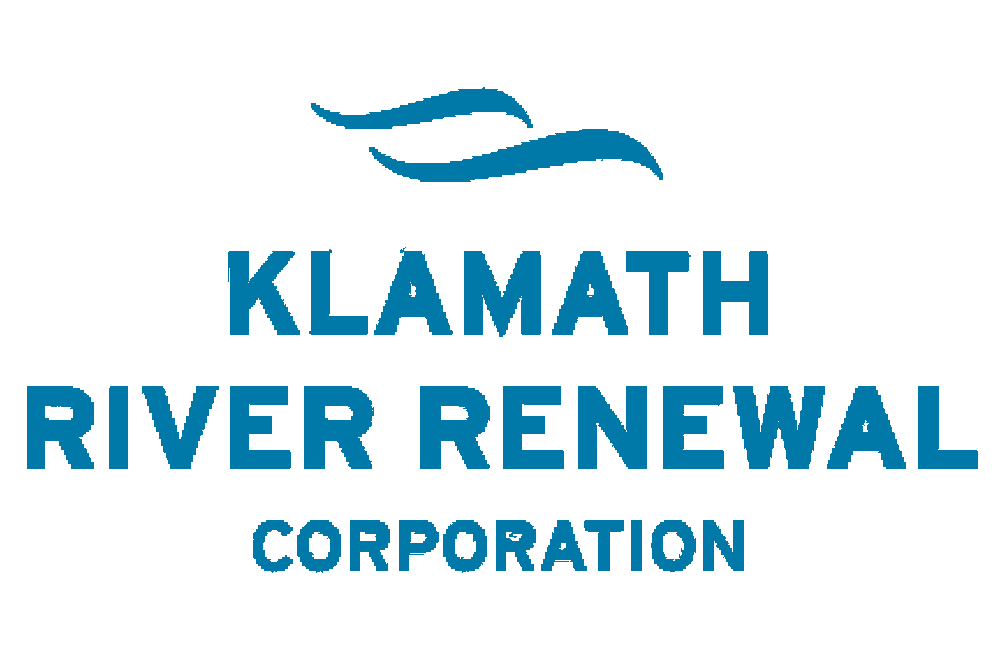FOR IMMEDIATE RELEASE
January 15, 2021
CONTACT:
Dave Meurer, KRRC
(530) 941-3155 (cell)
dave@klamathrenewal.org
State Fire Agencies Endorse Fire Plan To Protect Local Communities After Klamath Dam Removal
KLAMATH REGION – California and Oregon fire protection agencies have signaled support for the Klamath River Renewal Corporation (KRRC) draft Fire Management Plan (fire plan). The draft fire plan was developed to ensure that removal of four lower Klamath River dams – and their reservoirs – will not reduce the ability to effectively fight wildfires in the region.
The reservoirs created by the dams that are slated for removal have served as a water source for firefighting agencies; they also serve as a de facto fuel break for wildfires. To compensate for the loss of these reservoirs, KRRC’s fire plan lays out new capabilities for early fire monitoring and firefighting that are not currently available in the Basin. KRRC plans to submit the fire plan to the Federal Energy Regulatory Commission (FERC) around the end of February along with several other management documents.
The draft fire plan thoroughly details KRRC’s efforts to offset any loss of water available for firefighting purposes related to dam removal.
“The KRRC’s proposed investments include: providing a system of remote cameras that will allow better pinpointing of fire start locations as well as monitoring of fires; helicopter water drafting locations from the Klamath River suitable for helicopter access; continued operation of a gravity-fed hydrant system; a system of dry hydrants and revamped boat launches appropriate for fire engine access and drafting; and numerous portable dip tanks,” the California Department of Forestry and Fire Protection (CAL FIRE) noted in a letter to the Federal Energy Regulatory Commission (FERC).
CAL FIRE went on to note that the agency believes the system of actions proposed in the fire plan are “adequate to manage construction-related fire risks, comply with all applicable laws, and will not adversely affect CAL FIRE’s ability to provide an adequate and effective firefighting capability in Siskiyou County and beyond.” The entire CAL FIRE letter can be viewed here.
The Oregon Department of Forestry (ODF) likewise endorsed KRRC’s plan. “We have also reviewed the measures that the plan proposes as part of the dam removal project. These measures are adequate to manage construction-related fire risks, comply with all applicable laws, and cooperate with local and regional fire agencies to help manage long-term wildfire risk in the Klamath River Basin,” wrote ODF’s Randall Baley, Klamath Protection Unit Forester, and Lee Winslow, Medford Protection Unit Forester in a letter to FERC.
KRRC set out to meet two key objectives in developing its fire plan. The first was to ensure that dam removal will not cause a net reduction in firefighting resources. The second was to ensure that both during and after demolition of the dams, the fire ignition risk that currently exists in the region will not increase.
“KRRC shares the community’s concerns about the danger posed by wildfire. We know the reservoirs slated for removal have been used by firefighters in the past, and we understand the public safety implications of dam removal,” said Mark Bransom, KRRC Chief Executive Officer. “This is why we have worked closely with firefighting agencies to develop a plan and provide resources that will leave local communities in a strong position to deal with the wildfire threats that are an ongoing part of life in the rural west.”
The following highlights several of the firefighting resources KRRC has committed to providing:
- Installation of a “Monitored Detection System.” This new, state-of-the-art camera technology will improve early fire monitoring capabilities in the Basin using high-definition imagery and video transmitted from cameras strategically placed at fire lookouts. The system is monitored by fire personnel at a detection center. Use of this this technology elsewhere has already proven to increase early detection and reduce response times by firefighters.
- Installation of five permanent dry hydrants. Dry hydrants provide a simple and reliable water supply for ground-based firefighting crews to fill fire engines and water tenders and will be located at or near road crossings of large tributaries or boat launch locations to provide additional water sources.
- Staging of self-supporting tanks. These tanks will supplement aerial and ground-based water supplies. They hold up to 5,000 gallons of water and could be stored, erected, and filled rapidly for initial attack activities.
- Identification of aerial river access points (ARAP’s). These ARAP’s will be identified in the former reservoirs (two per reservoir) that meet specific suitability performance criteria to be used by Type 1 helicopters with snorkels. Although the reservoirs will no longer be available to firefighting aircraft, the river itself will provide multiple opportunities for firefighting helicopters.
The Klamath River Renewal Corporation (KRRC) is an independent nonprofit organization founded in 2016 as part of the amended Klamath Hydroelectric Settlement Agreement (KHSA). KRRC is part of a cooperative effort to re-establish the natural vitality of the Klamath River so that it can support all communities in the basin. Signatories of the amended KHSA incude the states of California and Oregon, local governments, tribal nations, dam owner PacifiCorp, irrigators, and several conservation and fishing groups. KRRC was formed for the sole purpose of taking ownership of four PacifiCorps dams—J.C. Boyle, Copco No. 1 & 2, and Iron Gate—and then removing these dams, restoring formerly inundated lands, and implementing required mitigation measures in compliance with all applicable federal, state, and local regulations. KRRC’s work is funded by PacifiCorp customer surcharges and California Proposition 1 water bond funds.
KRRC values transparency and cooperation with all stakeholders and is committed to working with residents and governments to minimize any nuisance or negative impacts while enhancing the project’s local benefits.
